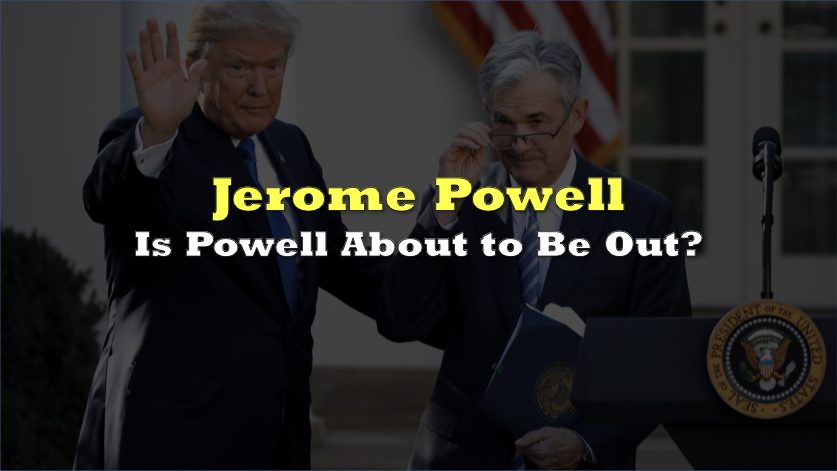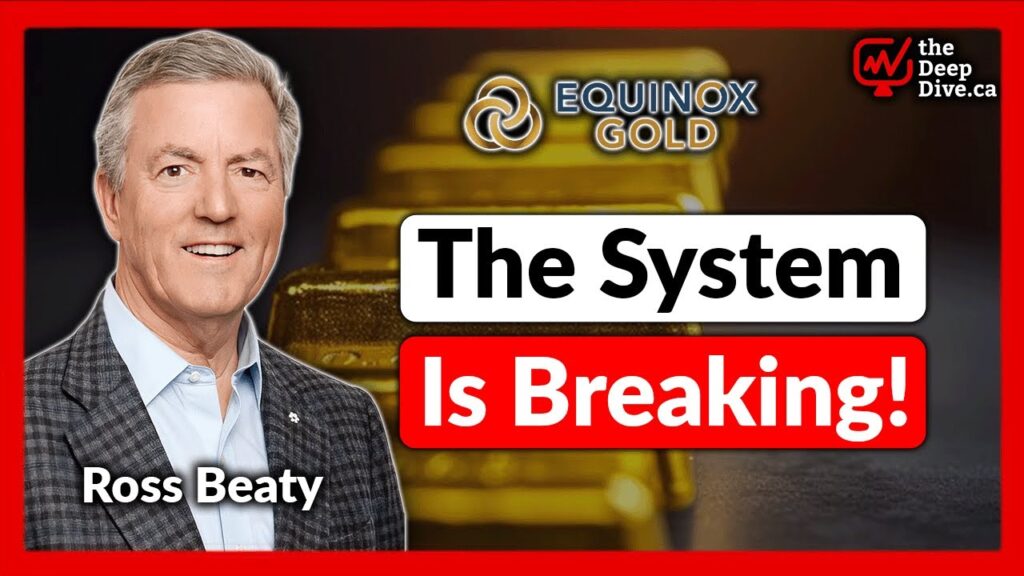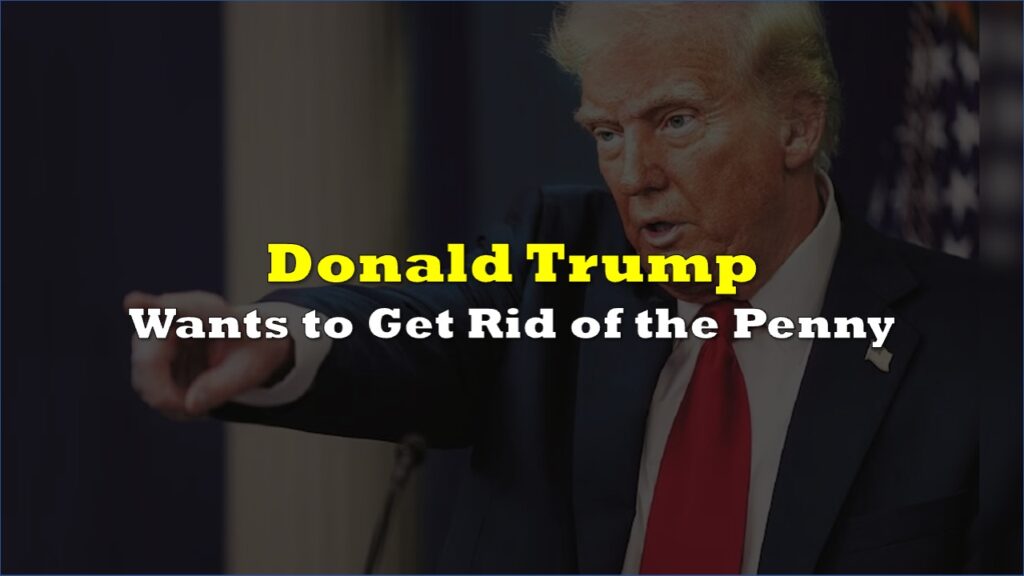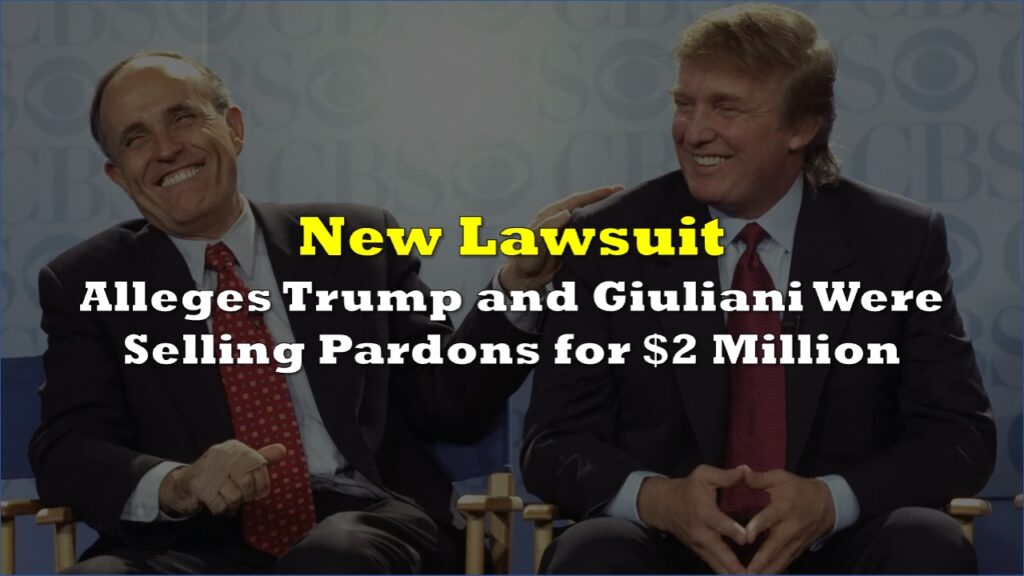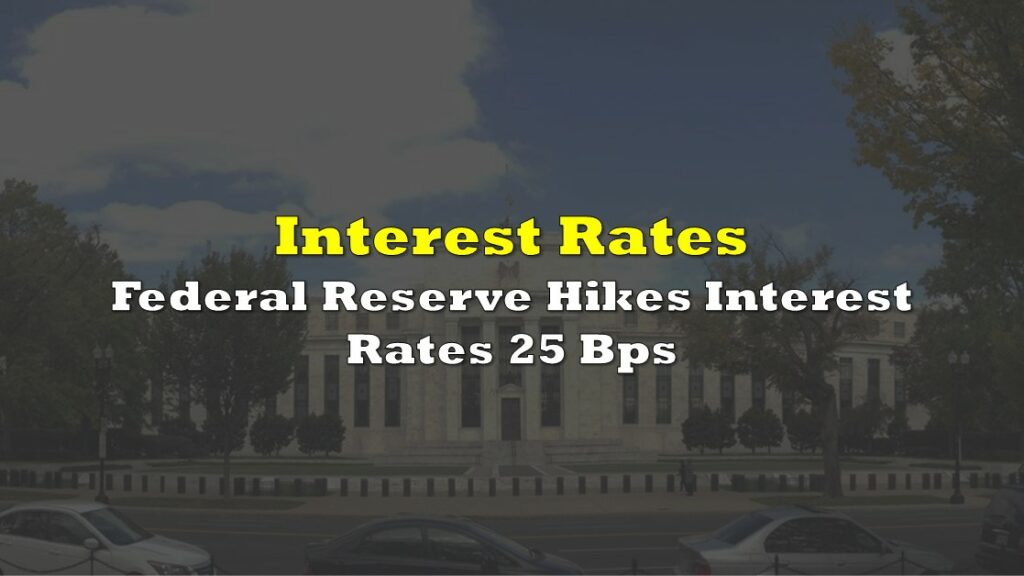Reports that President Donald Trump brandished a draft dismissal letter during a late Oval Office huddle with a dozen House Republicans have reignited the question that has hovered over US monetary policy for months: will the president try to sack Fed Chair Jerome Powell before the latter’s term ends next May?
According to participants, Trump waved the unsigned letter and took a quick show of hands. “Almost every one of them said I should,” he later told reporters, adding that he was “more conservative” for now.
Yet two sources say the draft came from Federal Housing Finance Agency Director William Pulte, a vocal Powell critic who again urged the chair to resign on X.
By Wednesday afternoon the president attempted to cool the fever he had stoked. “We’re not planning on doing it,” he said, though he conspicuously refused to rule it out: “I don’t rule out anything, but I think it’s highly unlikely unless he has to leave for fraud.” 
Legally, the path is forbidding. A May Supreme Court ruling on unrelated agency firings emphasised the Fed’s “unique” statutory protections, making clear that “cause” must mean bona fide misconduct, not policy disagreement.  Peter Conti-Brown of Wharton argues any fraud pretext built around the Fed’s $2.5 billion headquarters renovation would crumble in court because “Trump simply wants interest rates lower.”
Economically, firing Powell could produce the opposite of the president’s goal. “If my sole objective were lowering borrowing costs, this would not be the way I would go about it,” said Columbia University economist Glenn Hubbard, pointing out that bond investors—not the Fed—set most long-term rates. Undermining the central bank’s credibility would likely push those yields higher.
Several strategists also warned that a real attempt to remove Powell could roil global funding costs and batter confidence in the US dollar as a reserve currency.
Institutionally, Powell may have more protection than any draft letter suggests. Richmond Fed President Tom Barkin reminded an audience this week that the 12-member FOMC can overrule its chair—a subtle signal that even a compliant successor could be boxed in by the rest of the committee.
Information for this story was found via The New York Times, CNBC, and the sources and companies mentioned. The author has no securities or affiliations related to the organizations discussed. Not a recommendation to buy or sell. Always do additional research and consult a professional before purchasing a security. The author holds no licenses.

